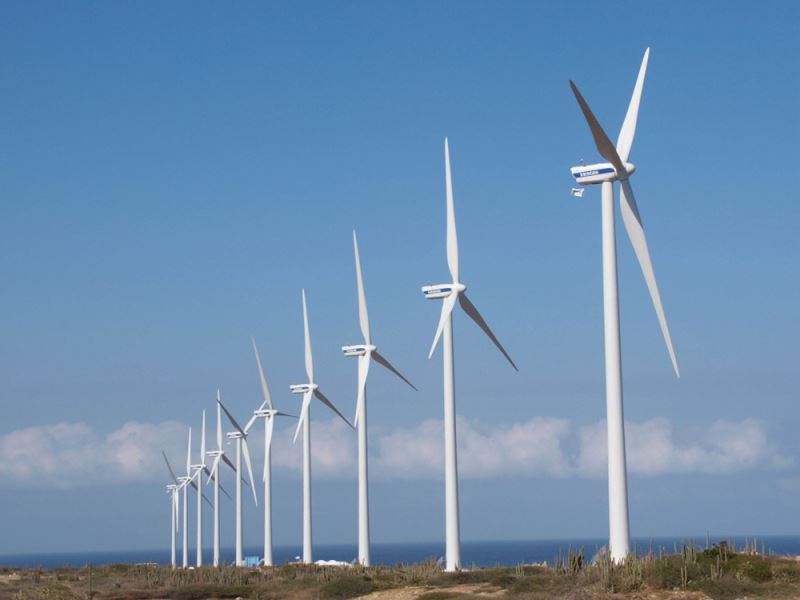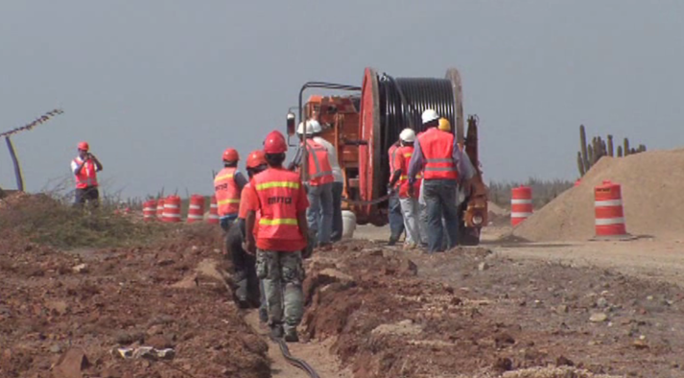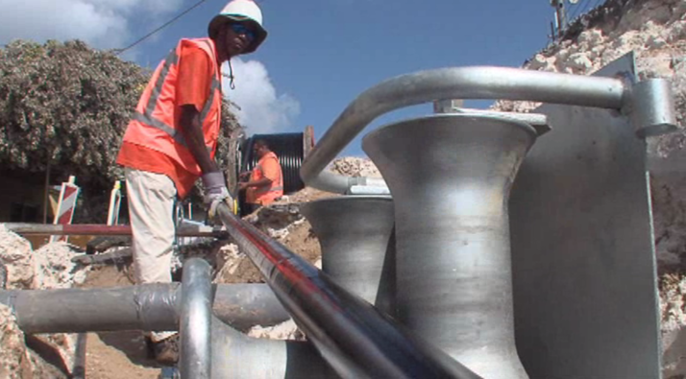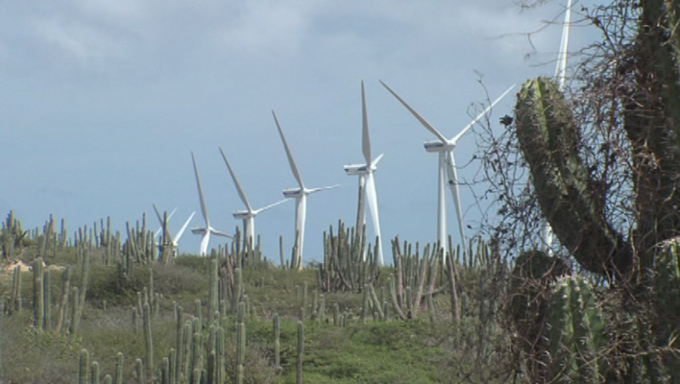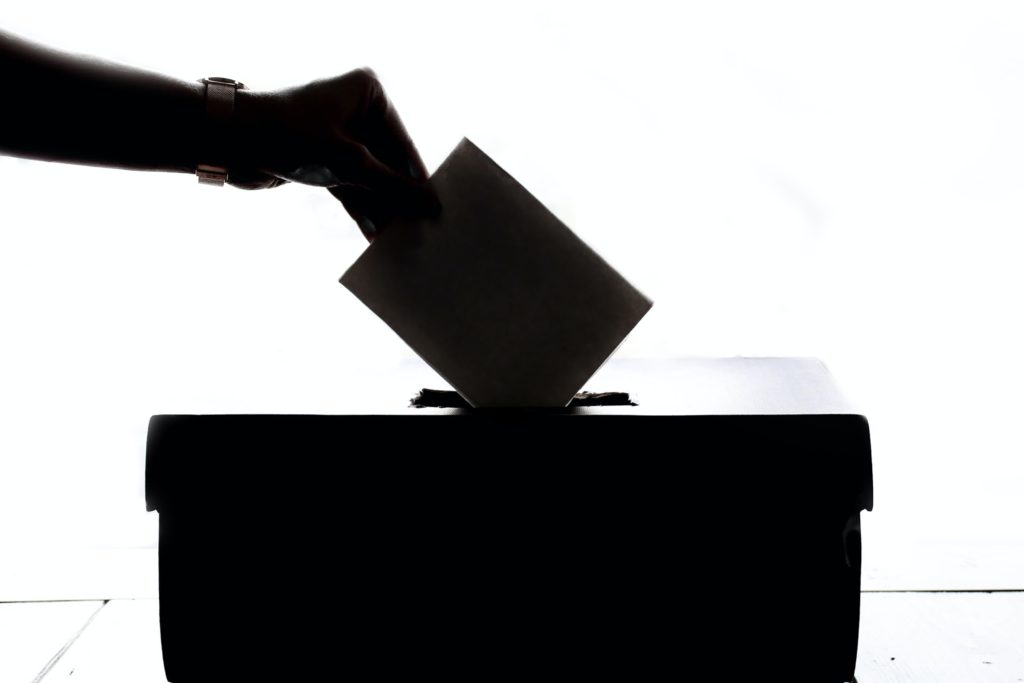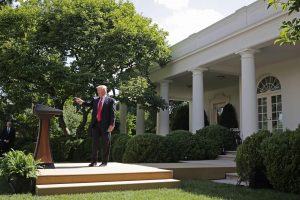Why should a company act on climate change?
We are all part of the problem, so we can all be part of the solution! Since the causes of climate change are deeply rooted in our way of living, change needs to happen on all levels in society. From the governments setting the right direction, all the way to end consumers who choose what to purchase. In the middle, companies should align with the global goals, and provide products and services which are truly sustainable and don’t harm the planet.

What should companies actually do?
The first step is to understand how the company is contributing to climate change. The best way to do this is to analyze its operations and find out where greenhouse gas (GHG) emissions arise (in production, from energy consumption, or in the value chain?), and quantify the impact on the climate. GoClimate helps companies follow the international reporting standard to accurately measure the GHG emissions.
Once the company knows their climate impact, it is time to set a goal in line with the Paris Agreement to keep the increase of global temperature below 1,5°C. Knowing what emissions are caused in our base year (the first year we measure), we can set the ambition to reduce the emissions. At this point, we also know which part of the business is causing the most emissions, and GoClimate offers guidance on how to reduce these emissions in the most efficient way possible. Then, we can follow up on a yearly basis if the company is successful in reaching these goals.
A way to take responsibility for the emissions that cannot be abated immediately, is to offset the emissions. This is done by purchasing a corresponding amount of carbon credits from projects that avoid emissions elsewhere, or in some cases capture carbon from the atmosphere. GoClimate offers offsetting from high-quality projects certified by Gold Standard.
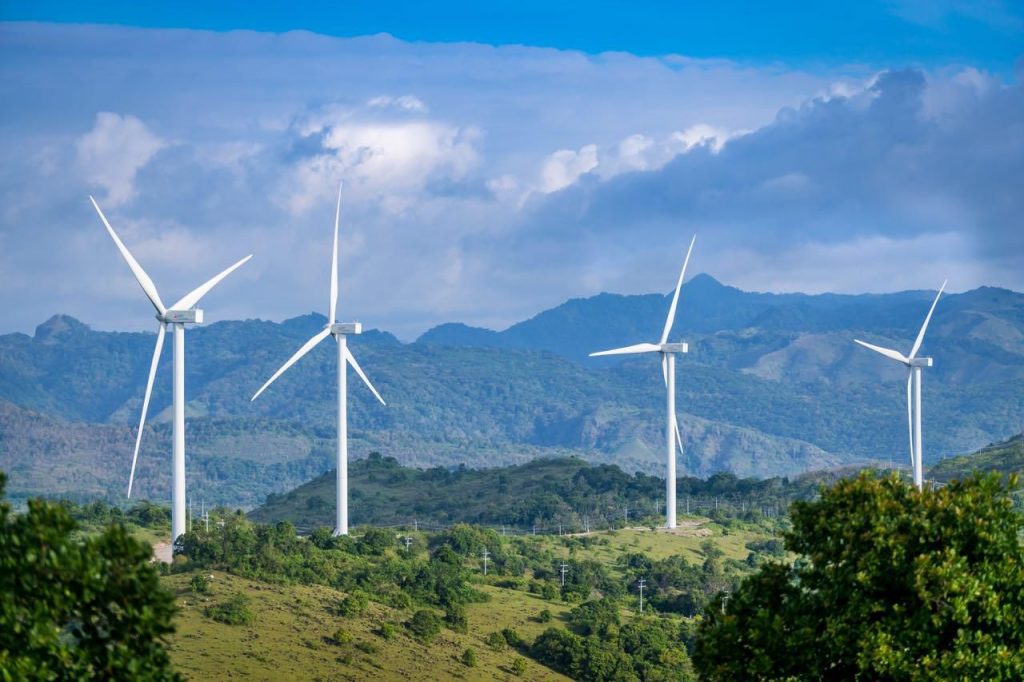
What are the benefits of doing this?
First and foremost, we do our part in ensuring a livable planet for ourselves and our children. As if this wasn’t enough, we simultaneously risk-proof our own business by understanding if we are currently a part of the problem, and how we can be part of the solution.
Some other positive effects are:
· Attracting more talent – employees care about the company they work for! This is true for new hires as well as for retention of the existing team.
· More customers – this gives an advantage over competitors, as sustainability becomes a key parameter when choosing suppliers and service providers
· Sustainability efforts also offer a marketing advantage
GoClimate is your partner
Reach out to us, and we can help you understand what this would look like for your company and offer support based on your needs. GoClimate will be there to answer any and all questions, and make this journey as smooth as possible for you. Get in touch by sending us an email at [email protected]
READ MORE:
The 1.5°C Business Playbook helps organizations to set a 1.5°C aligned strategy and move to action. It focuses on simplicity and speed and is anchored in the latest science
Science-based targets show companies how much and how quickly they need to reduce their greenhouse gas (GHG) emissions to prevent the worst effects of climate change.
